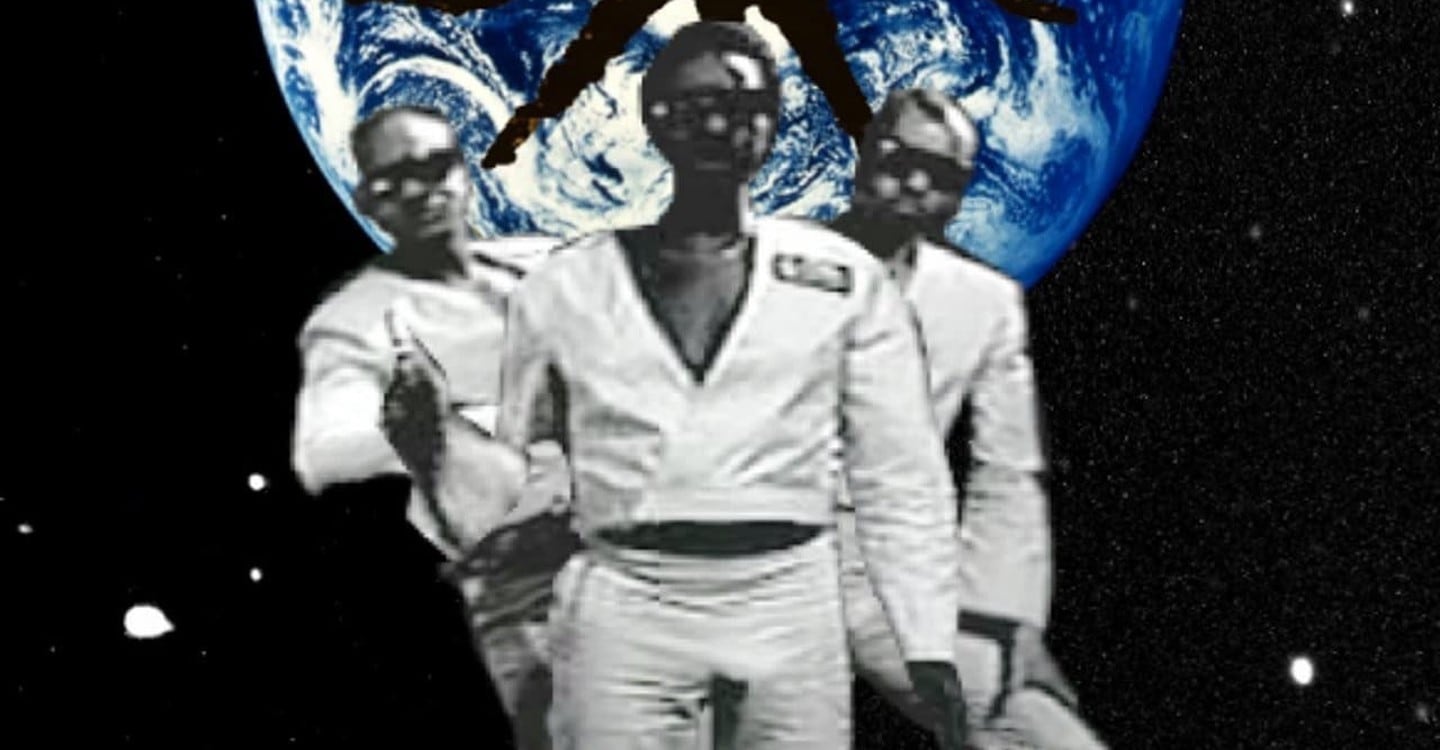In the vast expanse of cinematic history, the early 1990s were a pivotal era for science fiction and outer space-themed movies. Among these, a notable film released in 1992 captured the imagination of audiences with its unique take on the genre. This article delves into the details of that film, exploring its plot, production, and impact. We will also provide insights into the broader context of space movies during that period. Whether you’re a film enthusiast or a curious reader, this comprehensive guide will satisfy your quest for knowledge.
Key Takeaways
- Explore the 1992 outer space movie that intrigued audiences with its unique storyline.
- Understand the film’s plot, production background, and its impact on the sci-fi genre.
- Gain insights into the broader landscape of space-themed movies in the early 1990s.
Unveiling the 1992 Outer Space Movie
The early 1990s was a fascinating period for science fiction cinema, with filmmakers experimenting with new ideas and technology. In 1992, the movie “Alien 3” emerged as a significant contribution to the outer space genre. Directed by David Fincher, this film is the third installment in the iconic Alien franchise. Known for its dark and atmospheric tone, “Alien 3” captivated audiences with its unique blend of horror and science fiction elements.
Plot Overview

“Alien 3” continues the story of Ellen Ripley, portrayed by Sigourney Weaver, who crash-lands on a desolate prison planet called Fiorina 161. The film explores themes of isolation, survival, and the relentless nature of the alien species. As Ripley battles to protect the prisoners from the lethal extraterrestrial creature, she also faces her own inner demons and the harsh realities of her environment. The film’s narrative is a gripping exploration of human resilience in the face of overwhelming odds.
Production Background
The production of “Alien 3” was fraught with challenges, including multiple script rewrites and creative differences. Despite these hurdles, the film managed to deliver a visually stunning and atmospheric experience. David Fincher, known for his meticulous attention to detail, brought a unique vision to the franchise, emphasizing the gritty and claustrophobic nature of the setting. The film’s special effects and set design contributed to its immersive atmosphere, making it a standout entry in the series.
Impact on the Sci-Fi Genre
“Alien 3” received mixed reviews upon its release, with critics praising its visual style but critiquing its narrative choices. However, over the years, the film has gained a cult following and is appreciated for its bold artistic direction. It pushed the boundaries of the sci-fi genre by exploring complex themes and showcasing a strong female protagonist in Ripley. The film’s influence can be seen in subsequent science fiction works that embrace darker and more introspective storytelling.
The Broader Landscape of 1990s Space Movies
The 1990s was a decade marked by innovation and diversity in the realm of space-themed cinema. Filmmakers explored a wide range of narratives, from epic space operas to intimate character-driven stories. Here are some notable trends and films from that era:
Exploration of New Frontiers
During the early 1990s, filmmakers were keen to explore the possibilities of space travel and the mysteries of the universe. Movies like “Star Trek VI: The Undiscovered Country” (1991) and “Stargate” (1994) captivated audiences with their imaginative portrayals of interstellar adventures and ancient cosmic mysteries.
Blending Genres
Space movies in the 1990s often blended elements from various genres, creating unique and engaging narratives. “Total Recall” (1990), for instance, combined science fiction with action and psychological thriller elements, offering viewers a mind-bending experience set on Mars. This trend of genre-blending added depth and complexity to the storytelling.
Advancements in Special Effects
The advancement of special effects technology during this period enabled filmmakers to create more realistic and visually stunning depictions of space. Movies like “Apollo 13” (1995) showcased the meticulous recreation of historical space missions, immersing audiences in the tension and drama of real-life events. These advancements elevated the overall cinematic experience and set new standards for visual storytelling.
The question “what outer space movie came out in 1992” leads us to the intriguing world of “Alien 3.” This film, with its atmospheric storytelling and bold artistic choices, stands as a testament to the creativity and innovation of the early 1990s. While it may not have achieved universal acclaim at the time of its release, its impact on the sci-fi genre and its enduring cult status highlight its significance in the realm of outer space cinema. As we look back on this era, we are reminded of the power of storytelling to transport us to new worlds and explore the depths of human experience.
Whether you’re revisiting “Alien 3” or discovering it for the first time, this film offers a captivating journey into the unknown, challenging our perceptions and igniting our imagination. Embrace the adventure and let the mysteries of outer space unfold before your eyes.